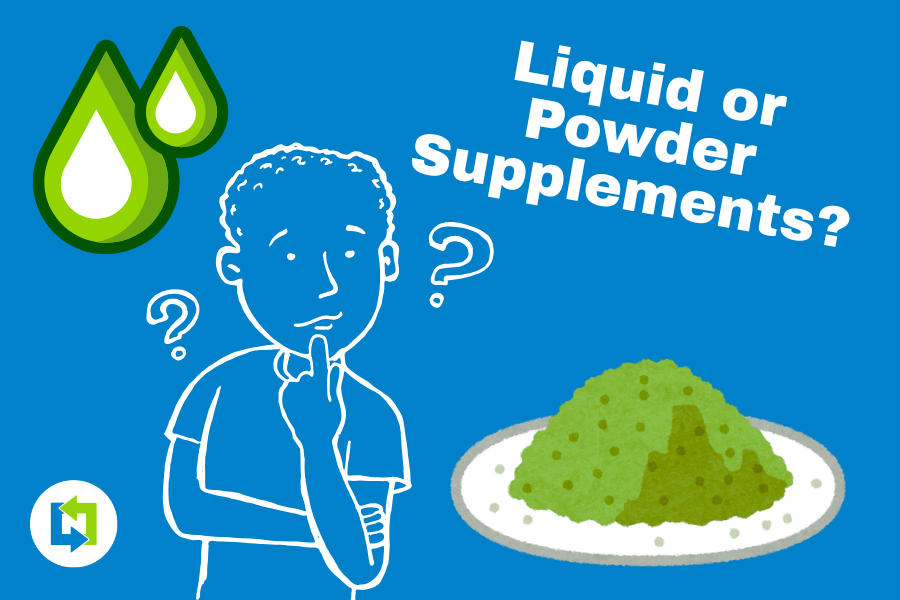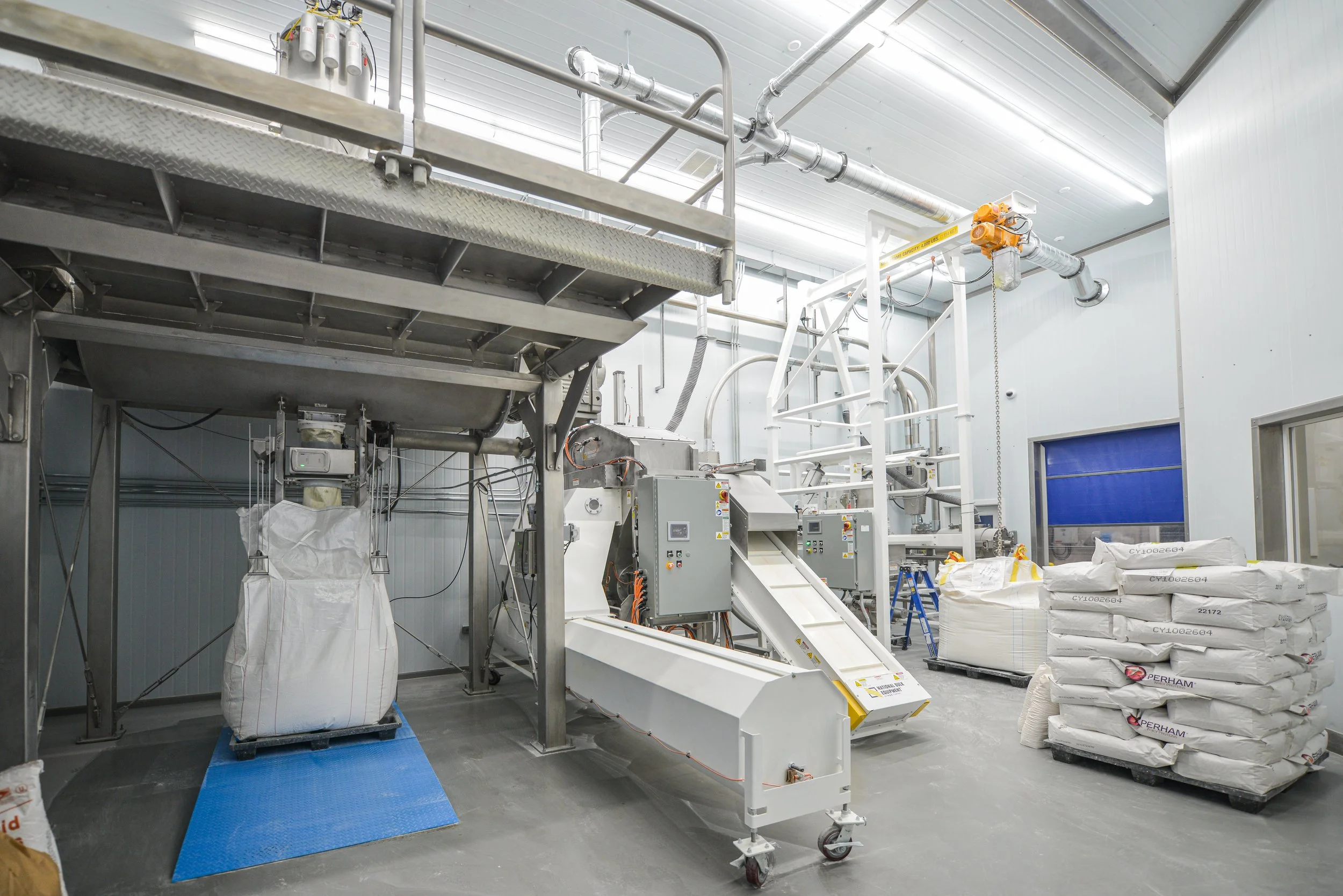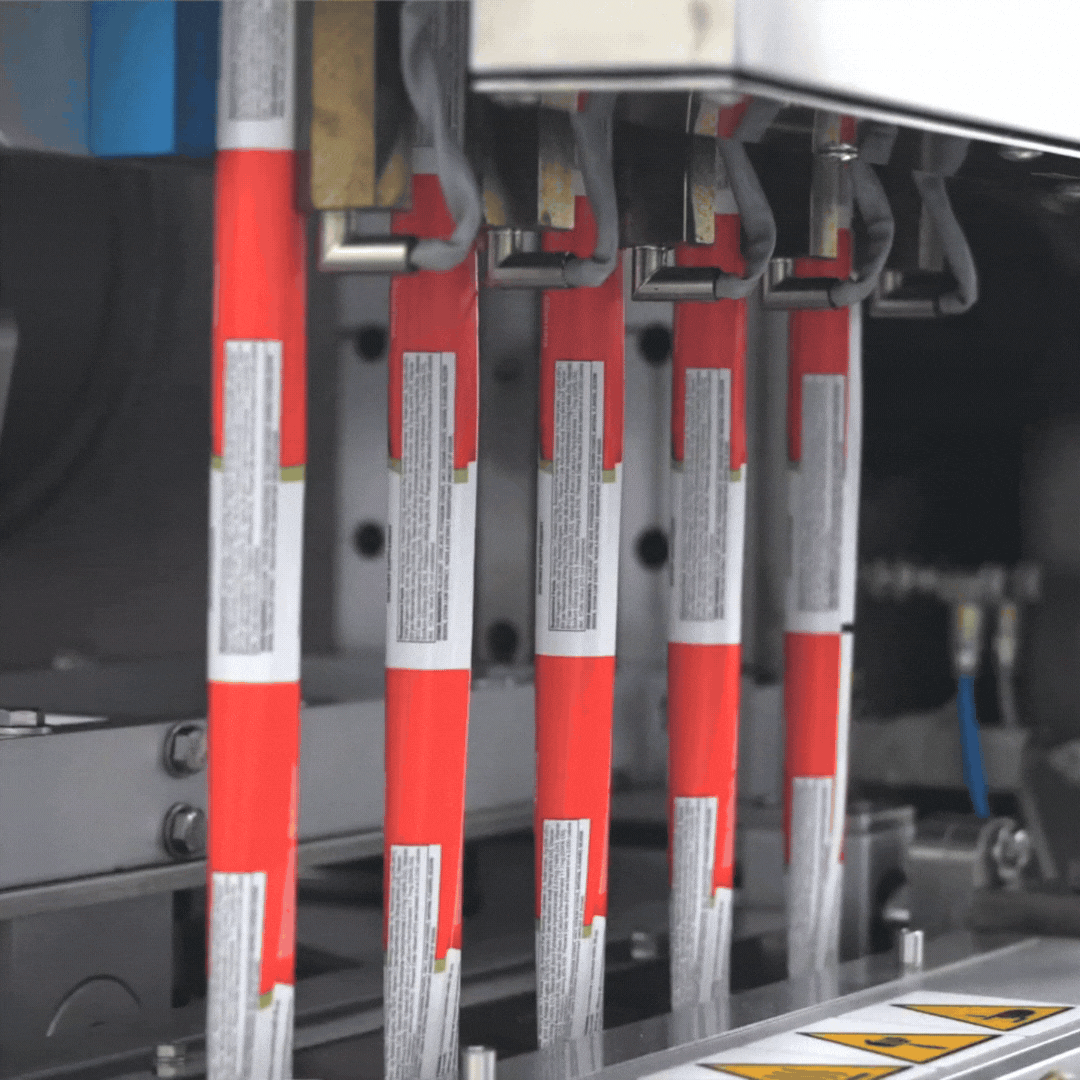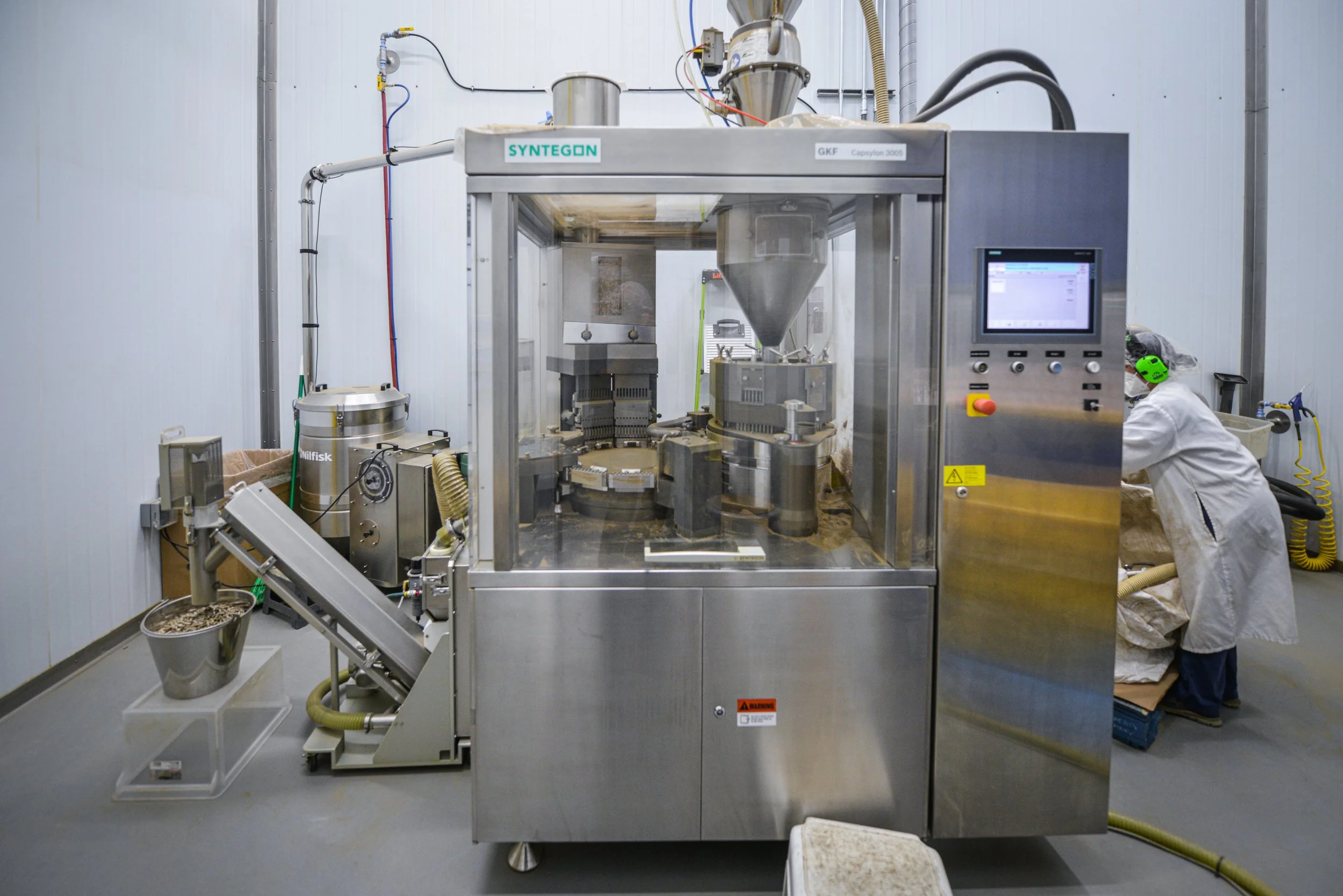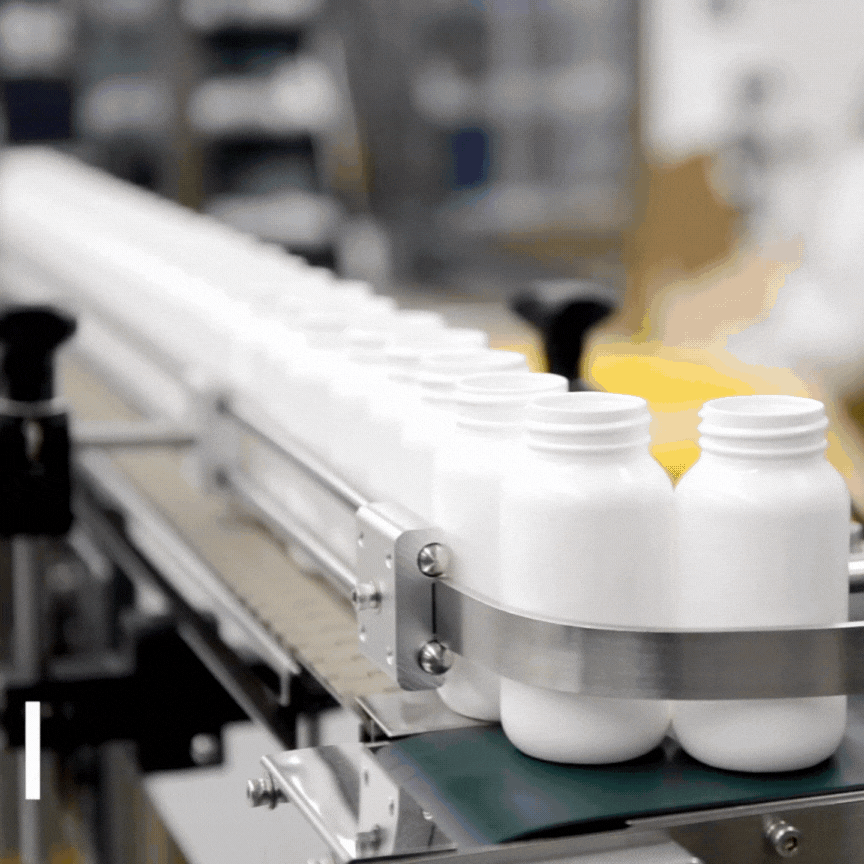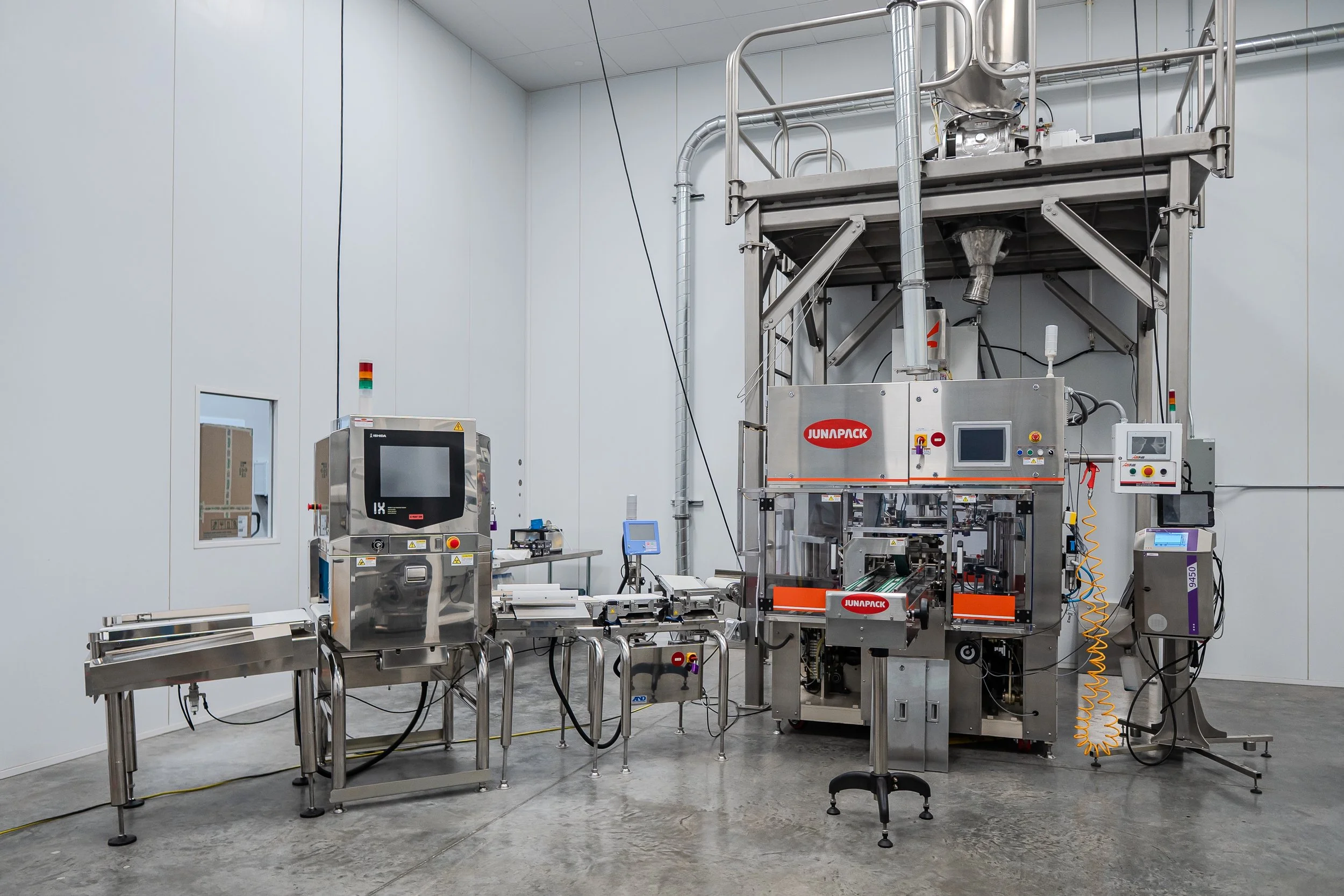Liquid vs. Powder Supplements - Why Powder has the Advantage
Contents
Introduction to the problem
Benefits & limitations
“Are powder supplements better than liquid supplements?”
“What share of the sports supplement market does powder hold?”
“What equipment does Nutra Connection use to manufacture and package powders?”
Related questions
Liquid & Powder Supplements - Introduction to the problem
In the supplement and food industry, product developers and consumers alike must answer the same question for themselves: “which is better? Liquid products or powdered products?” An individual’s answer may vary from time to time - especially consumers who are making an impulse decision at Walmart - but in every instance, the benefits and limitations of each delivery system are weighed prior to making a decision. Often, this weighing of benefits is related to a delivery system’s impact on the efficacy, convenience, and cost of a product. For developers, the latter is particularly relevant due to the different equipment and processes needed to manufacture, package, or ship liquid and powdered products.
In this post, we will describe the pros and cons of liquids and powders to help product developers and consumers understand when one option may be better than the other. Ultimately, Nutra Connection has found dry products (powder) to be a better and more affordable choice overall. We’ll explain more about our personal selection and then describe some of our own manufacturing/packaging capabilities below.
*Nutra Connection does not manufacture liquid products at this time.
Liquid vs. Powder Supplements - The benefits and limitations of both delivery systems
Especially in the supplement & food industry, products are meticulously formulated using impactful ingredients intended to provide desirable health benefits. While the physical state of ingredients (oil, extract, leaf, etc.) may influence a developer’s choice of delivery system, developers can often make formulas liquid or powder-friendly by substituting one ingredient for another. Since many ingredients have similar purposes or use-cases, they can make such substitutions without compromising the intent or impact of their product idea. In other cases, some ingredients (like Chlorophyll) can easily be manufactured as a powder or a liquid, which eliminates the need to substitute ingredients in favor of one delivery system over the other. In the end, when deciding between liquid or powder forms, the most important consideration is how each delivery system will affect your final product’s efficacy, longevity, and convenience.
Let’s review some of the benefits and limitations of liquids vs. powders!
-
Convenient to use
Ready-to-drink formulations with flexible dosing options are available
Easy to swallow
Provides fast absorption of active ingredients
-
Longer Shelf Life (about 2 years)
No preservatives necessary
Lower Production Costs
Easier Storage
Broad range of delivery systems
Powder (in bags, jars, bottles, etc.)
Capsules
Stick Packs
Tablets
-
Shorter Shelf Life
Preservatives/Additives are necessary to slow degradation of active ingredients (health enthusiasts tend to dislike such additives)
Difficult to store
Liquid is generally heavier and more susceptible to environmental factors
Packaging is often more difficult and expensive
-
Depending on the delivery system, absorption of active ingredients may take longer
Unlike most liquids, powders don’t come “ready-to-drink.”
Use of the product may require measuring and mixing powder into a liquid prior to use
Otherwise, you may need to swallow a tablet or capsule with a drink
Are powder supplements better than liquid supplements?
The majority of the time - yes! Although powders aren’t free from weakness, their core benefits address the major limitations faced by liquid products. For example:
Liquid products are susceptible to microbial growth - powders aren’t!
Liquid products require additives to stabilize their formula (which may dilute active ingredients) - powders are stable without additives!
In fact, PubMed published a study that measured the stability of various products for 24 months and discovered that powders consistently maintain better stability after two years than liquids do after one.
Liquids require certain storage conditions, preservatives, and/or additives to remain safe throughout their shelf life - powders have fewer storage constraints and will remain safe throughout their (longer) shelf life without the use of preservatives.
Of course, the limitations of dry products shouldn’t be ignored! However, as far as convenience is concerned, most forms of powder are easily consumable and can be conveniently taken on-the-go (e.g. stick packs, capsules, tablets, etc.). Lastly, while its true that liquid provides the quickest absorption of active ingredients, most powders are dissolved in water/liquid prior to use, which means they essentially provide the same benefit!
What share of the sports supplement market does powder hold?
In Grand View Research’s report about the sports supplement market, they documented that the most dominant share of market revenue was held by powder. The report then attributed its success to the benefits found in the following excerpt:
“The powder segment dominated the market and accounted for a revenue share of 67.9% in 2023. The powder segment’s dominance in the sports supplement market can be attributed to its versatility, higher nutrient concentration, cost-effectiveness, longer shelf life, ease of storage, variety of options available, and effective marketing strategies that have increased consumer awareness. Powders can be easily mixed with various liquids such as water, milk, or juice, allowing users to customize their intake according to personal preferences and dietary needs. This flexibility makes it easier for consumers to incorporate these supplements into their daily routines.”
As a turnkey supplement manufacturer, we’ve come to appreciate powder’s superior stability, versatility, and cost - making it the better delivery system for most formulations! That is why Nutra Connection’s resources, expertise, and state-of-the-art equipment is tailored toward dry product manufacturing. If you are ready to develop your supplement (be it a powder, capsule, or stick pack), partner with the experts. Contact us today to discuss your project!
What equipment does Nutra Connection use to manufacture and package powders?
Our machines and equipment can handle powder blending, encapsulation, and packaging into bags, stick packs, bottles, jars, and sachets. Here are a few highlights:
Paddle/Fluidizer Blender & V-Blender
Nutra Connection has two separate blending rooms. One contains a large Paddle/Fluidizer Blender (featured on the left) with a capacity of 114 Cubic Feet for large-scale powder blending (15,000 kilo blend capacity per shift). This blender is fed by a completely contained powder transfer system, which is conveyed pneumatically. Our other blending room has a 20 Cubic Foot V-Blender (not featured) for smaller powder and non-liquid blending (2,000 kilo blend capacity per shift).
Multi-lane VFFS Machines (Stick Packs)
Nutra Connection’s stick pack equipment efficiently manufactures sticks with accurate weight, consistent proportions, and beautiful seals! Our multi-lane VFFS machines can fill and seal stick packs with powder in three different packet widths (23mm, 35mm and 40mm) and varying packet lengths. We also have a sachet filling machine to help accommodate larger-serving-size packet widths (2.32”, 3” & 4” AKA 59 mm, 76mm & 100mm) at various packet lengths.
Our 10-lane machine (dedicated 35mm) can run 240,000 sticks in a single shift. Combined with our additional stick packaging equipment, Nutra Connection is capable of filling one million sticks in a day!
Syntegon Capsylon GKF 3005 Encapsulation Machine
Nutra Connection’s Encapsulation Output
Size 00 —> 130,000 capsules per hour
Size 0 —> 145,000 capsules per hour
Capsule Transfer System: Efficiently automates the process of transferring a container of empty capsules into the encapsulation machine’s hopper.
Powder Reclamation System: Picks up powder lost inside the machine during the manufacturing process, filters it, and re-introduces it. Minimizes loss of powder!
High-Speed Bottling Line
Nutra Connection’s high-capacity bottling line is capable of filling capsules, tablets, soft gels, or powders into bottles or jars. Depending on your product details, Nutra Connection can fill 7,000 - 15,000 bottles in a single shift.
We have equipment placed in-line to perform metal detection, weight checking, capping, sealing, labeling, lot & date coding, and tamper-evident neck banding. We can also add a desiccant packet or cotton filling to bottles as needed.
Junapak/Rotary Filling Machine(s)
Nutra Connection has two high-speed rotary filling machines, although one is built exclusively to handle powder. The auger filling equipment is capable of filling powders and granular materials into pouches, gusseted bags, tubs or bottles. The machine is suitable for both large and small-scale production runs.
Nutra Connection is a turnkey supplement manufacturer ready to assist you with managing your supply chain. Contact us today if you need our services or would like to request a quote!
Answers to common/related questions
Which kind of supplement has the longest shelf life?
Dry products (powders) have the longest shelf life. This may include capsules, tablets, stick packs, etc.
Which form of supplement is best absorbed?
Nutrients in liquid products are generally absorbed the fastest, but supplements of varying delivery systems are still effective.
What is the cheapest form of supplement to manufacture?
Dry products generally have lower manufacturing costs than liquid products.
What is the best form of supplement to ship?
This may depend on the packaging, weight, and size of your final product, of course, but dry products tend to be lighter, easier to ship in bulk, and less susceptible to damage/leaking.
What is the most stable form of dietary supplement?
Dry products (especially capsules and tablets) are very stable and have a lengthy shelf life.


